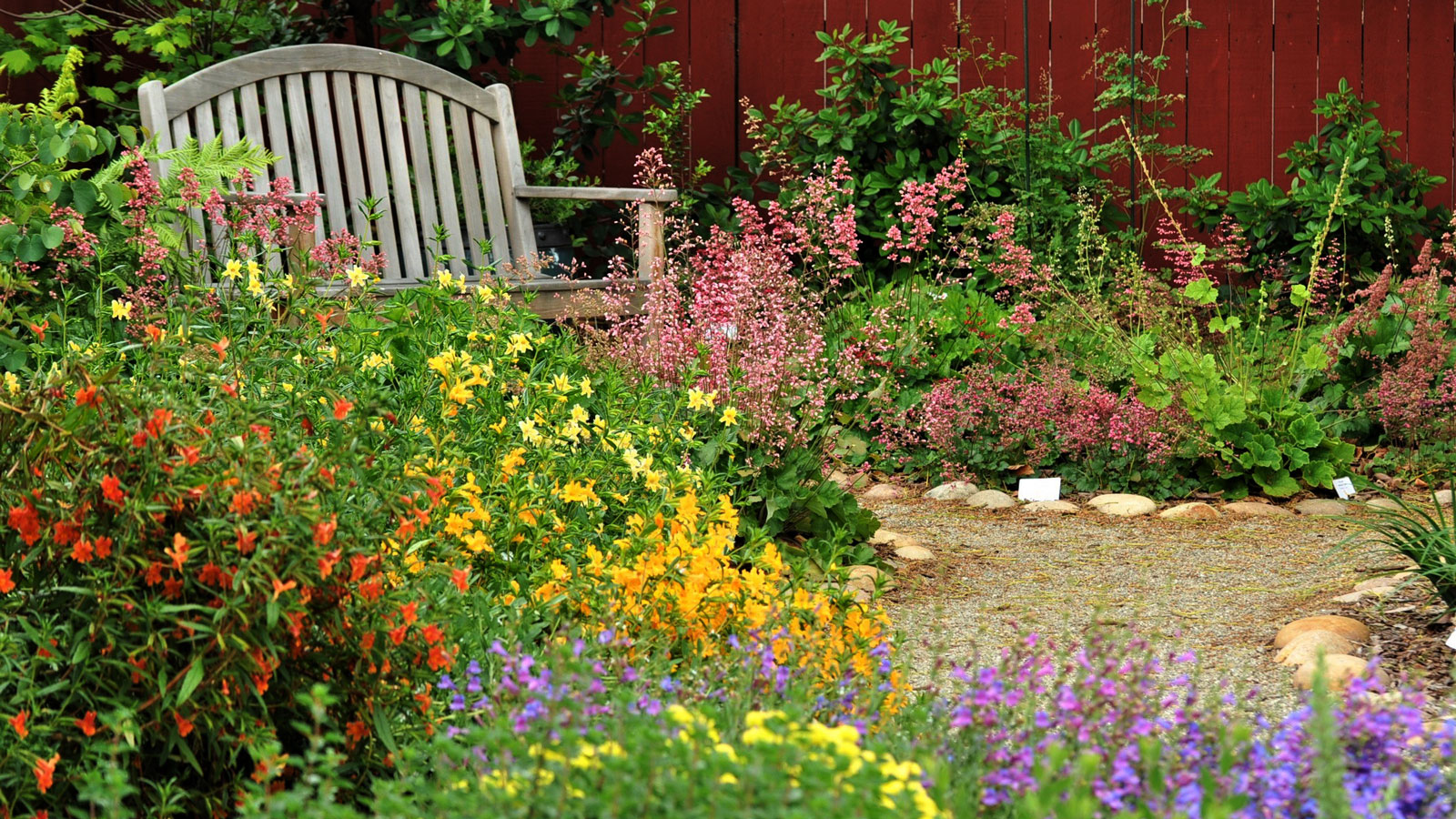Winter Is Coming: Let’s prep our homes to waste less energy
It’s getting cold out. I’ve had to start breaking out my wool sweaters and fuzzy socks. Check out our tips for how you can waste less energy heating your home this winter.
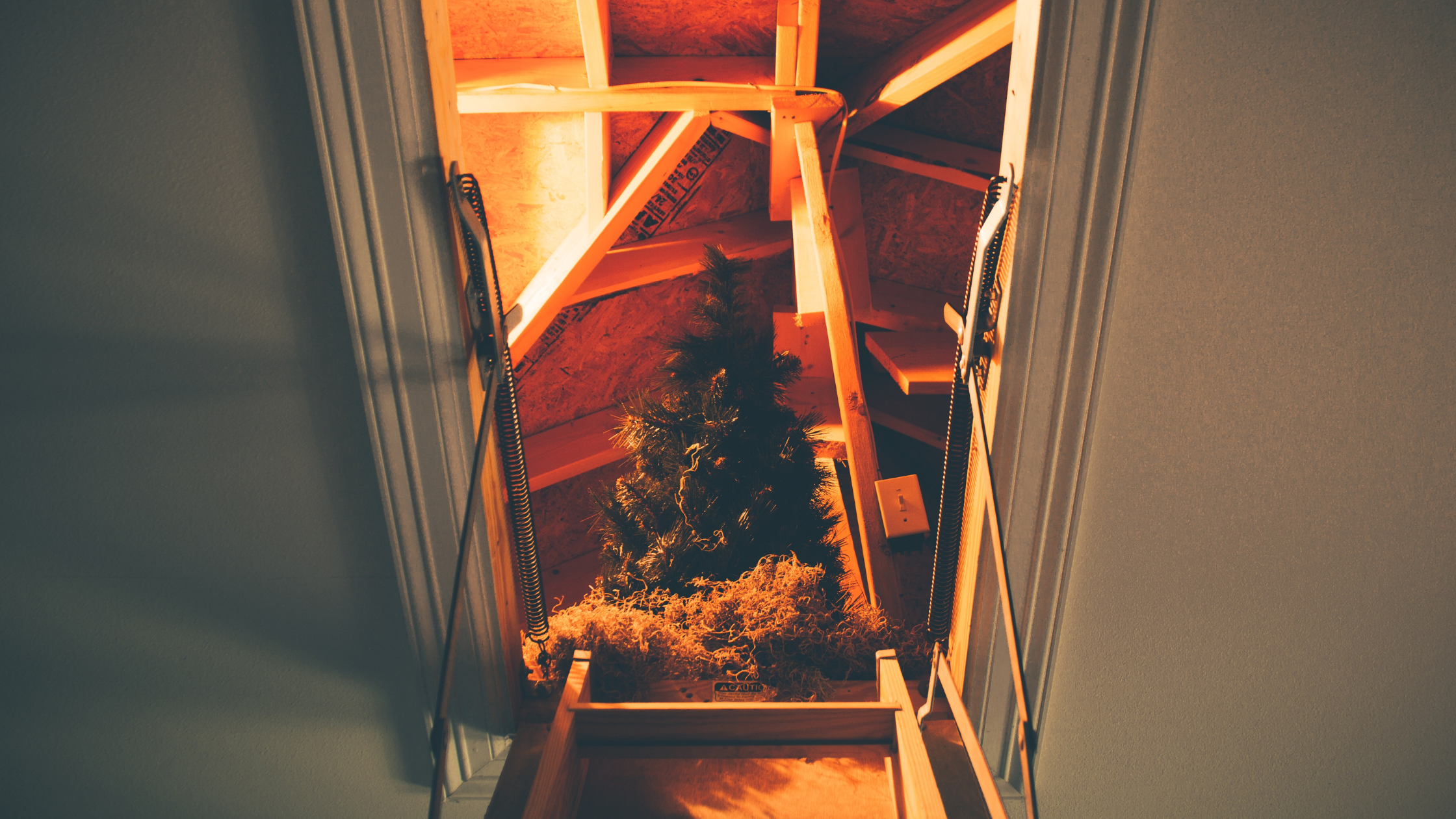
It’s starting to get cold out there. I’m already feeling a draft in my apartment. The hardwood floors seem to steal all the warmth from my feet, and pushing back the covers to crawl out of bed feels a chore thanks to the early morning chill.
This past week, D.C. weather had a major drop in average temperature. As a result, I’ve broken out my winter clothes stash. I’m now decked out in my wool sweaters and fuzzy socks to avoid prematurely turning on the heat. I hate to remind myself of this, but it’s only going to get colder over the next couple months.
The latest US energy report projects that we will be spending more to heat our homes this winter thanks to both rising energy prices and the potential for a colder-than-usual season.
That means it’s as good a time as ever to revisit the tried-and-true ways you can waste less energy, cut pollution and save money on your monthly utility bill. All these tips come from Environment America Research & Policy Center’s citizen’s guide to energy efficiency.
Step 1: Insulate your attic, because “Baby, it’s cold outside”
,
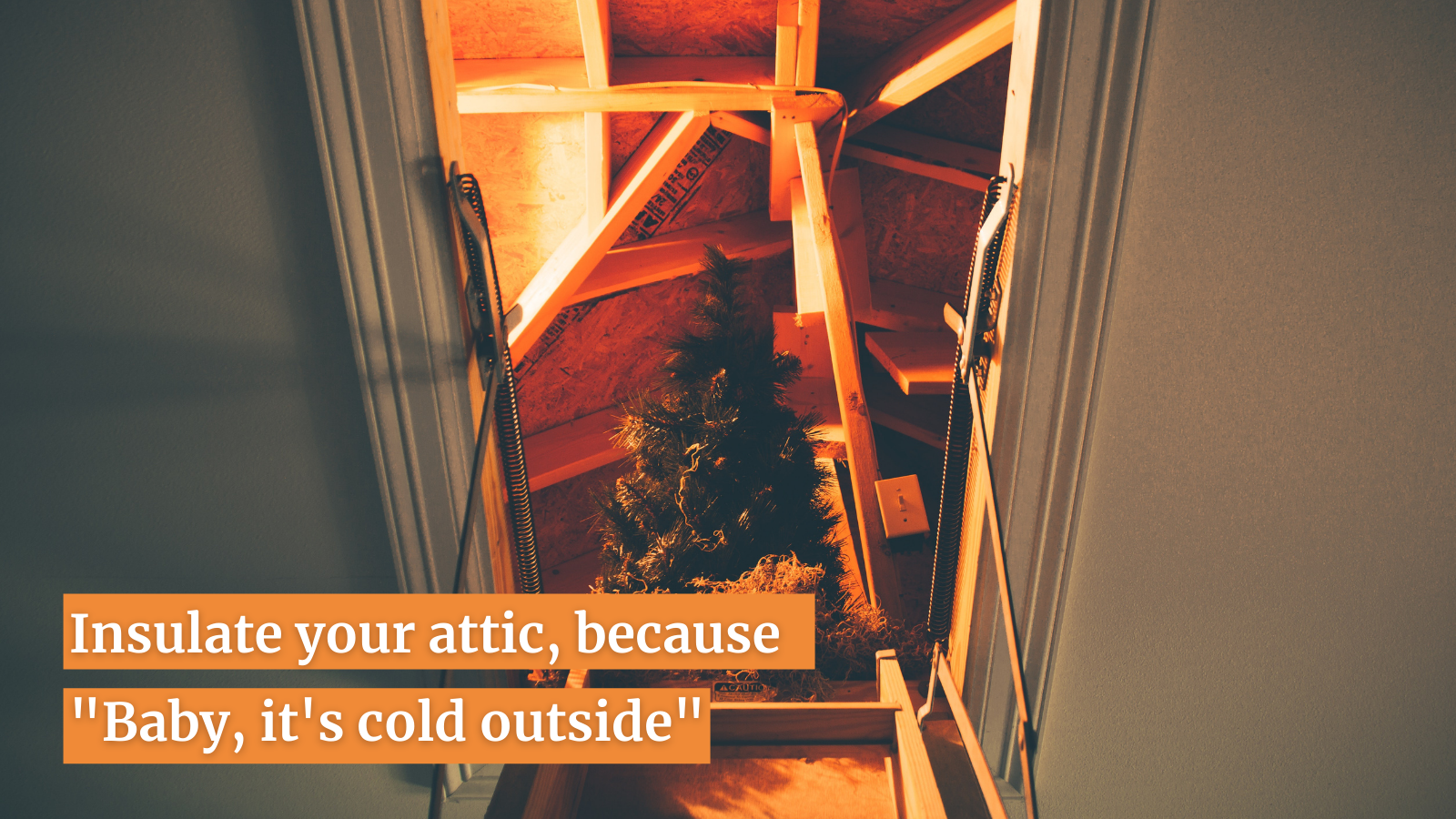
,
There are a range of steps you can take to improve both the comfort of your home and the price of your energy bill. Chief among them is ensuring your living space is properly insulated.
According to ENERGY STAR, a government-backed symbol for energy efficiency, 9 out of 10 homes in the U.S. are under-insulated — and your home could be one of them. Insulation helps reduce the heat flow coming in or out of your home, and can do a lot of the heavy lifting in keeping your house toasty warm during the winter months.
If your home has an attic, insulating it is particularly important. Heat rises, and by simply laying down unfaced insulation on the floors of your attic, you can be sure heated air will stay mainly within the confines of your living space instead of immediately escaping upwards.
The Environmental Protection Agency estimates that those who invest in insulating their crawl spaces, attics and basements can save up to 15% on their heating and cooling bill.
Step 2: Seal up your windows and doors
,
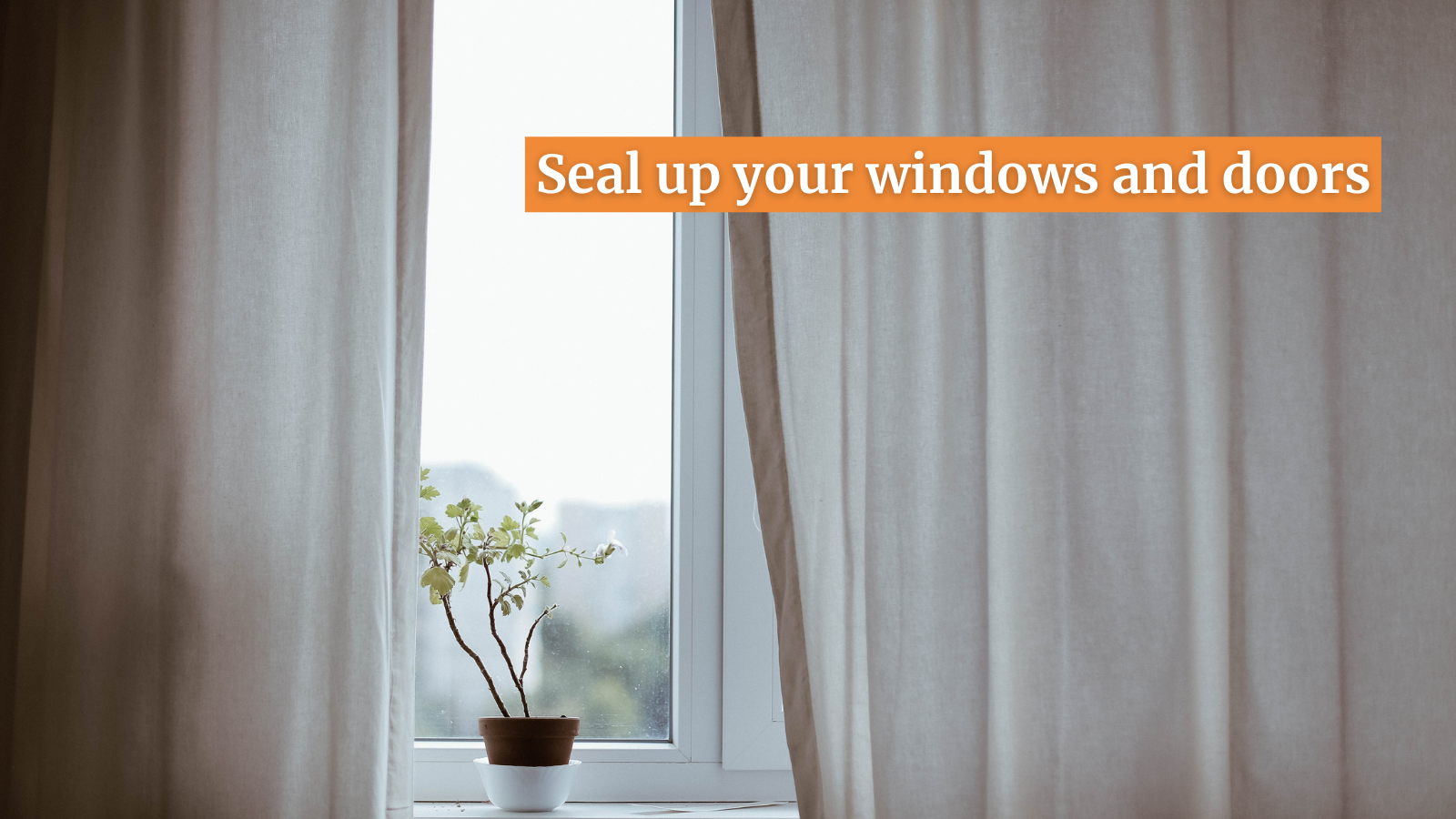
,
Windows are often seen as a plus, letting in natural light and a view of the outside world. But they also present an opportunity for heat to leak from your home. Doors, too, are an avenue where comfortable, “just right” air can easily escape, leaving your living space drafty and cold.
Some easy fixes for drafty windows and doors include caulking and weatherstripping. Caulking is typically used for cracks in stationary elements, like window frames, while weatherstripping is best for sealing components that move, like the window itself. No need to call in a professional unless you’d like to as this can be done as a DIY project. For more information on types of caulk and weatherstripping as well as how to effectively apply it, check out the U.S. Department of Energy’s website.
You can also cover your windows with plastic film to keep heat inside where it belongs. Kits can be found online or at your local hardware store. Simply place the plastic film over the leaky window and apply hot air from a hairdryer to seal it into place.
Around 20% of the air that moves through a typical home’s duct system is lost due to leaks and holes, so tackling air leaks wherever possible can make a big difference in staying warm throughout the winter.
If the idea of applying plastic or weatherstripping your windows feels too outside your comfort zone, hanging thick, heavy curtains can make a difference when it comes to keeping out the cold from pesky drafty windows.
Step 3: Make the switch to all-electric
,
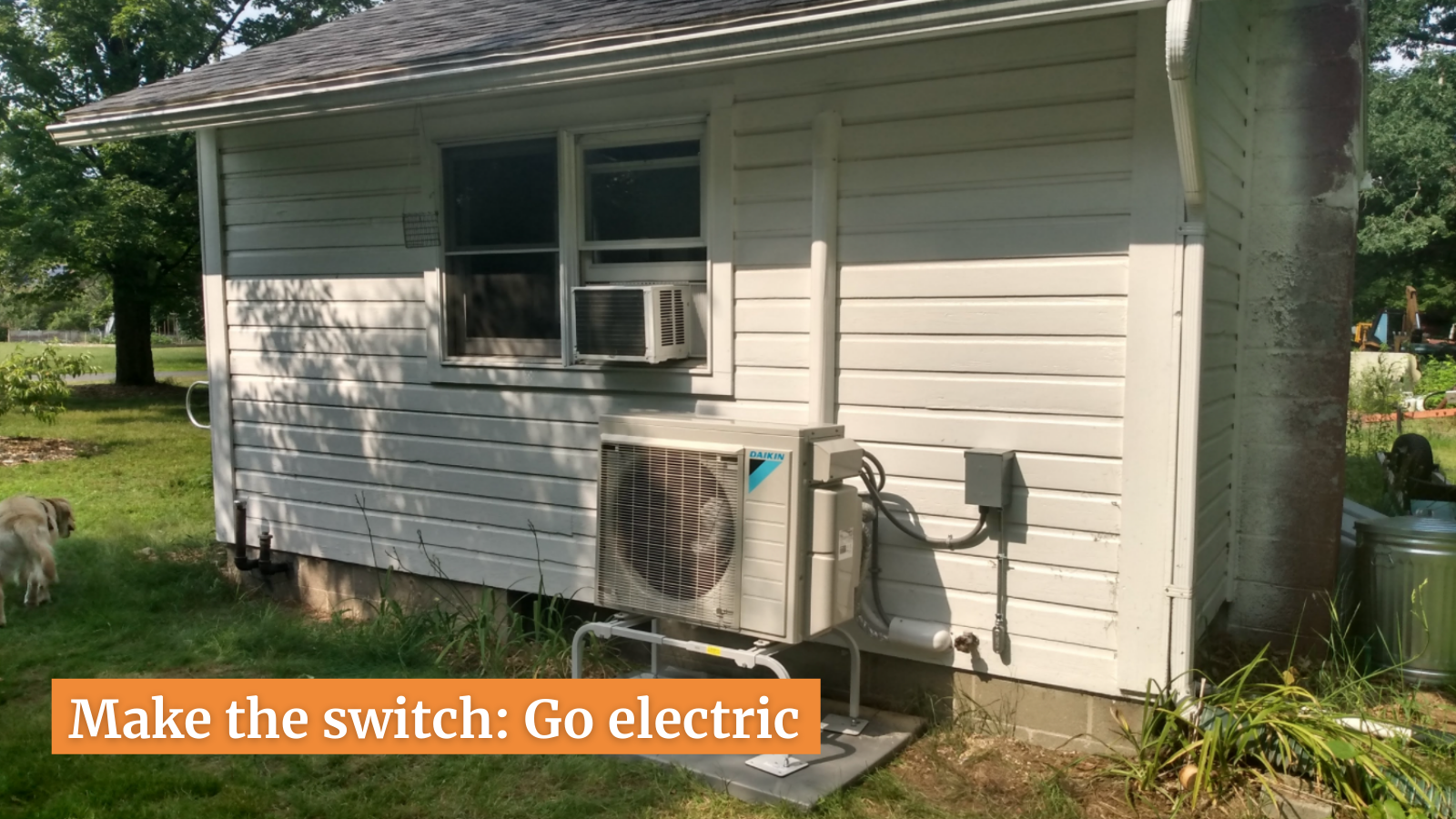
,
If your gas-powered heating and cooling system is on its last leg, then it’s time to go electric. Electrifying home appliances and heating systems will help cut down on the planet-warming emissions produced by our dependence on fossil fuels and will also improve the air quality in your home.
This is why Environment America is campaigning for rebate programs proposed on both the state and federal level that would make switching over to electric appliances and heating systems more affordable and accessible to Americans.
If you are curious about what the process of going electric looks like, Johanna Neumann, senior director of Environment America’s campaign for 100% Renewable Energy, wrote an in-depth blog detailing her family’s experience electrifying their heating system by installing a heat pump.
If you’d like to learn about more ways to conserve energy, check out our Citizen’s Guide to Reducing Energy Waste. It’s time we take charge and do everything we can to waste less and save. Stay warm out there!
Topics
Authors
Arielle Ostry
Find Out More

How environmentally friendly is your chocolate?

How environmentally friendly is your chocolate?
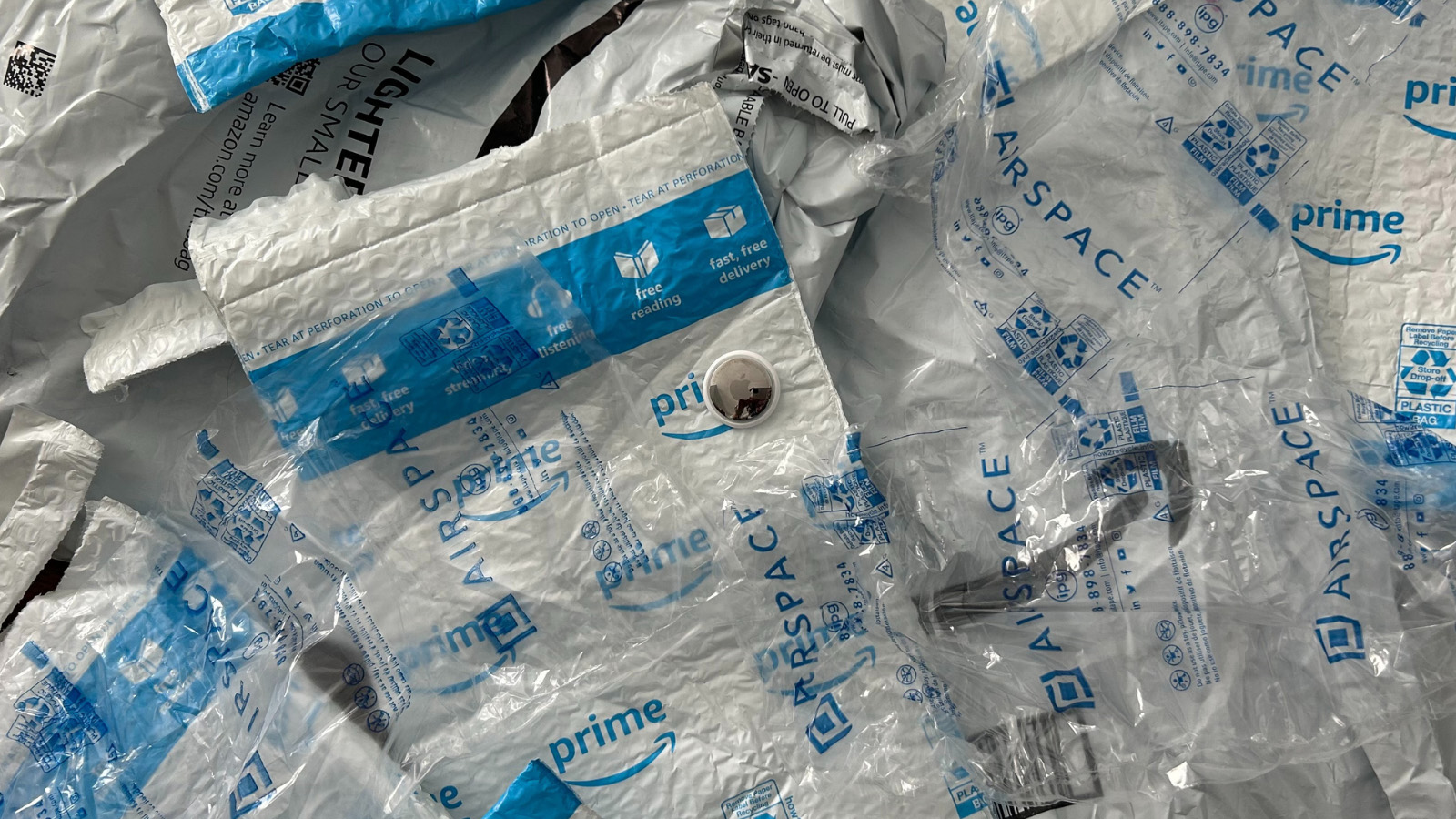
Truth in recycling
